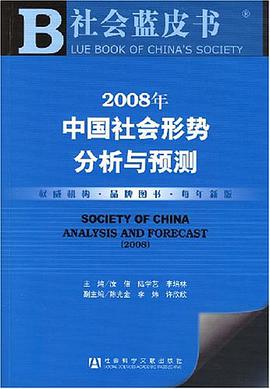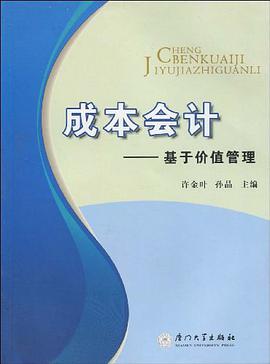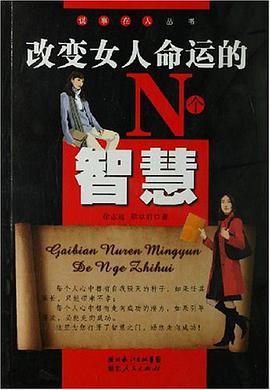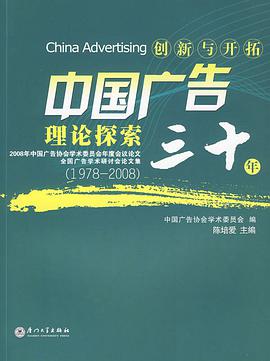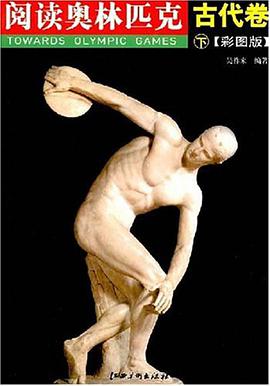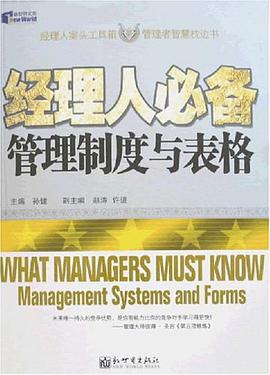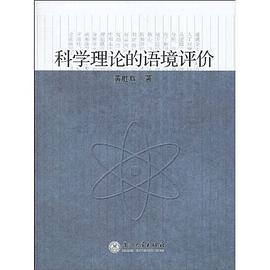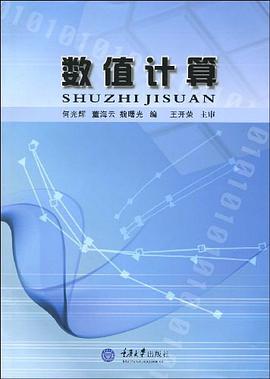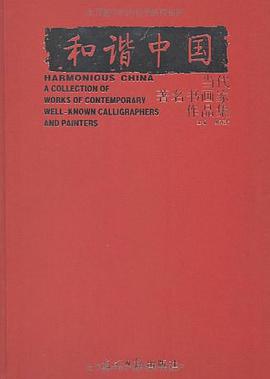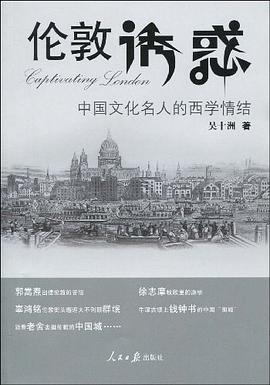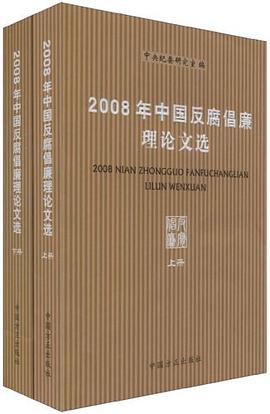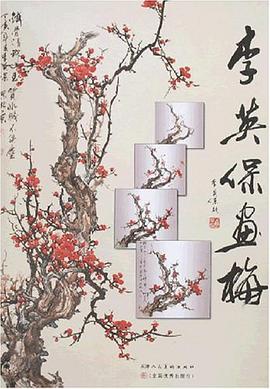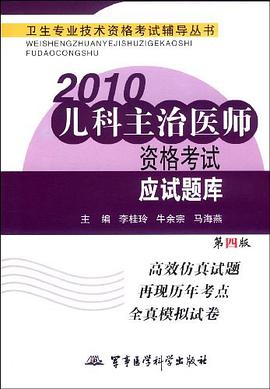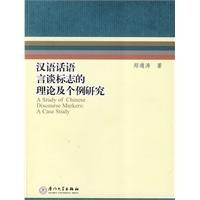
汉语话语言谈标志的理论及个例研究 pdf epub mobi txt 电子书 下载 2025
出版者:第1版 (2009年7月1日)
作者:郑通涛
出品人:
页数:268 页
译者:
出版时间:2009年7月1日
价格:35.00元
装帧:平装
isbn号码:9787561533130
丛书系列:
图书标签:
- 话语标记
- 工具书
- 音韵学
- 语言学
- 古文字
- discoursemarkers
- discourse
- CA
- 汉语话语标志
- 语用学
- 话语分析
- 语言学
- 社会语言学
- 认知语言学
- 对比语言学
- 修辞学
- 中国语言
- 个案研究
下载链接在页面底部

具体描述
《汉语话语言谈标志的理论及个例研究》由厦门大学出版社出版。
作者简介
郑通涛(澳大利亚双博士、博士生导师),澳大利亚归国华侨,著名语言学、计算机科学专家。生于1955年6月,福建漳州人,现被聘为厦门大学海外教育学院院长、厦门大学国际学院院长。
曾是澳大利亚前总理陆克文的中文普通话指导教师。
目录信息
General Introduction
Transcription and Glossing Conventions
Abstract
中文摘要
Chapter 1 Introduction
1.1 A Short History of Discourse Analysis
1.2 A Short History of Text Analysis in China
1.3 The Studies of the Discourse Markers (DMs)
1.3.1 What areDMs
1.3.2 Scholars' Views of DMs
1.4 Single Discourse Marker Studies
1.5 Chinese DMs Studies
1.6 Conclusion
Chapter 2 Discourse Markers in Amoy Chinese
2.1 Amoy Chinese
2.I.I DMs in the Turn-initial Position
2.I.2 DMs in the Turn-final Position
2.2 Some Intonation Features of DMs in Amoy Chinese
2.3 Influence of Topic on the Occurrence of h
2.3.1 Discourse Topic
2.3.2 Discourse Topic and the Use of DMs
2.3.3 Classification of Topic and hS' s Correlation
2.4 h and Social Variables
2.4.1 Sensitive to Conversational Contexts
2.4.2 Sensitive to Degree of Intimacy
2.4.3 Co-occurrence with Other Intimacy Markers
2.5 Discourse Structures and the Occurrence of h
2.5.1 A Classification of Discourse Structures
2.5.2 h Connects Discourse Structures to the Topic
2.6 Speech Acts and the Occurrence of h
2.7 Speaker Subjective Certainty and the Occurrence of h
2.8 Dependent Nature of h
2.9 Relevant Knowledge and the Occurrence of h
2.10 The Relationship between h, Entropy and Redundancy
2.10.1 Entropy and Redundancy
2.10.2 DMs as Stabilizing Devices
2.10.3 h's Use in Stabilizing Conversation
2.11 Conclusion
Chapter 3 Prosodic Features Associated with h
3.1 Relationship between Prosodic Features and Affective Meaning
3.2 Basic Prosodic Features of DMs in Chinese
3.3 The Difference between Tonic Patterns of DMs and Lexical Tones
3.3.1 Different Distributions and Different Functions
3.3.2 Inconsistent Relations DMs of Intonation among the Dialects
3.3.3 The Inconsistent Correspondence in One Language
3.3.4 The Features of Tonic Patterns of Chinese Auxiliary Words
3.3.5 A Consistent Regular Tonic Patterns of DMs in Chinese Languages
3.3.6 The Foregrounding Function of DMs
3.3.7 Semantic Variation of DMs' Tonic Patterns
3.3.8 The Hierarchical System of Tonic Patterns of DMs
3.4 Tonic Patterns of DMs Associated with Speech Acts
3.5 Varied Tonic Patterns of DM h
3.5.1 Falling Intonation of h
3.5.2 Rising Intonation of b5
3.5.3 High Level Intonation of h
3.5.4 Long and Short Length Intonation of
3.6 Phonological Comparison between Initial and Final h
3.6.1 Two Different Distributions and Their Implications
3.6.2 A Distribution Hypothesis of DMs
3.7 The Pause after DM h
3.7.1 The Length of Pause in Two Positions
3.7.2 "Intensified Orientation" of the Pause
3.8 h and Previous Emphasized Syllables
……
Chapter 4 h and Information Management
Chapter 5 h in the Turn-taking System
Chapter 6 h and Coherence
Chapter 7 h and Interpersonl Relationships Reflecting Amoy Chinese Culture
Chapter 8 Conclusion
Bibliography
· · · · · · (收起)
Transcription and Glossing Conventions
Abstract
中文摘要
Chapter 1 Introduction
1.1 A Short History of Discourse Analysis
1.2 A Short History of Text Analysis in China
1.3 The Studies of the Discourse Markers (DMs)
1.3.1 What areDMs
1.3.2 Scholars' Views of DMs
1.4 Single Discourse Marker Studies
1.5 Chinese DMs Studies
1.6 Conclusion
Chapter 2 Discourse Markers in Amoy Chinese
2.1 Amoy Chinese
2.I.I DMs in the Turn-initial Position
2.I.2 DMs in the Turn-final Position
2.2 Some Intonation Features of DMs in Amoy Chinese
2.3 Influence of Topic on the Occurrence of h
2.3.1 Discourse Topic
2.3.2 Discourse Topic and the Use of DMs
2.3.3 Classification of Topic and hS' s Correlation
2.4 h and Social Variables
2.4.1 Sensitive to Conversational Contexts
2.4.2 Sensitive to Degree of Intimacy
2.4.3 Co-occurrence with Other Intimacy Markers
2.5 Discourse Structures and the Occurrence of h
2.5.1 A Classification of Discourse Structures
2.5.2 h Connects Discourse Structures to the Topic
2.6 Speech Acts and the Occurrence of h
2.7 Speaker Subjective Certainty and the Occurrence of h
2.8 Dependent Nature of h
2.9 Relevant Knowledge and the Occurrence of h
2.10 The Relationship between h, Entropy and Redundancy
2.10.1 Entropy and Redundancy
2.10.2 DMs as Stabilizing Devices
2.10.3 h's Use in Stabilizing Conversation
2.11 Conclusion
Chapter 3 Prosodic Features Associated with h
3.1 Relationship between Prosodic Features and Affective Meaning
3.2 Basic Prosodic Features of DMs in Chinese
3.3 The Difference between Tonic Patterns of DMs and Lexical Tones
3.3.1 Different Distributions and Different Functions
3.3.2 Inconsistent Relations DMs of Intonation among the Dialects
3.3.3 The Inconsistent Correspondence in One Language
3.3.4 The Features of Tonic Patterns of Chinese Auxiliary Words
3.3.5 A Consistent Regular Tonic Patterns of DMs in Chinese Languages
3.3.6 The Foregrounding Function of DMs
3.3.7 Semantic Variation of DMs' Tonic Patterns
3.3.8 The Hierarchical System of Tonic Patterns of DMs
3.4 Tonic Patterns of DMs Associated with Speech Acts
3.5 Varied Tonic Patterns of DM h
3.5.1 Falling Intonation of h
3.5.2 Rising Intonation of b5
3.5.3 High Level Intonation of h
3.5.4 Long and Short Length Intonation of
3.6 Phonological Comparison between Initial and Final h
3.6.1 Two Different Distributions and Their Implications
3.6.2 A Distribution Hypothesis of DMs
3.7 The Pause after DM h
3.7.1 The Length of Pause in Two Positions
3.7.2 "Intensified Orientation" of the Pause
3.8 h and Previous Emphasized Syllables
……
Chapter 4 h and Information Management
Chapter 5 h in the Turn-taking System
Chapter 6 h and Coherence
Chapter 7 h and Interpersonl Relationships Reflecting Amoy Chinese Culture
Chapter 8 Conclusion
Bibliography
· · · · · · (收起)
读后感
评分
评分
评分
评分
评分
用户评价
评分
评分
评分
评分
评分
相关图书
本站所有内容均为互联网搜索引擎提供的公开搜索信息,本站不存储任何数据与内容,任何内容与数据均与本站无关,如有需要请联系相关搜索引擎包括但不限于百度,google,bing,sogou 等
© 2025 book.quotespace.org All Rights Reserved. 小美书屋 版权所有

